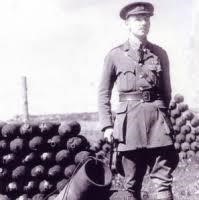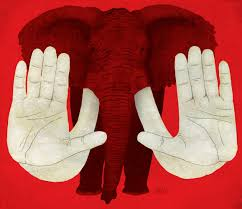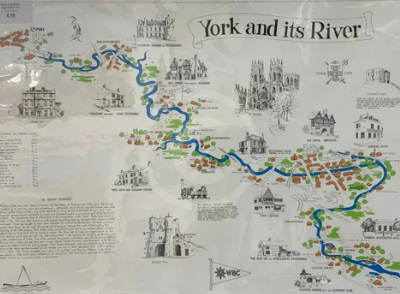Old vs New: social classes

We all know how trends work nowadays: something blows up on the internet, everyone wants it, most people get it, it becomes basic and dies. But before it becomes basic, it does something else: it divides the population between people who can afford the trend, and people who don’t. Now of course there are people who don’t know or aren’t interested in the trend, but they are too edgy to be included in this generalization. You can take this as a show of social classes in our modern times. The trend followers, the iphone owners and the skincare routiners are at the top of the social classes of our generation.
But because we live in this oversimplified world, it’s interesting to take a look at how social classes used to be defined before. Before the trends and the iphones and when “skincare” was just some water and soap…for the social classes that could afford running water. So these are some aspects that defined social classes in earlier centuries, and the extent they sometimes went to:
Manners
Manners and etiquette played a crucial role in representation of social classes in earlier centuries. The elite class was expected to always adhere to strict codes of conduct and refined manners, this would showcase the way in which they were raised and educated. This included everything from proper table manners to social interactions and the way they spoke and presented themselves in public settings. On the other side, lower classes were often judged or even discriminated against based on their ‘lack of manners’ or social etiquettes.
Clothes
Clothing is and has long been a symbol of social status and wealth throughout history. In past centuries, the quality, style, and extravagance of clothing usually indicated people’s place in society. The wealthy elite wore luxurious fabrics, detailed designs, and fashionable accessories that were out of reach for the lower classes. An example of such accessories would be caps and hats for men, or tailored suits. Irish caps or flat caps were the only accessories that workers could wear back in the day, an accessory that is nowadays a symbol of elegance. To mark the social classes even better, some laws were imposed, stating what people could wear.
Education
Access to education was limited to the upper classes and privileged individuals in earlier centuries, so it was clear that this caused a divide in population. Formal education, especially in fields such as literature, philosophy, and classical studies, was a way of showing aristocracy and nobility. The ability to read, write, and engage in intellectual pursuits distinguished the educated elite from the illiterate or less-educated masses, reinforcing social hierarchies. During certain times, education was also a luxury only afforded by men, women being prohibited from studying.










